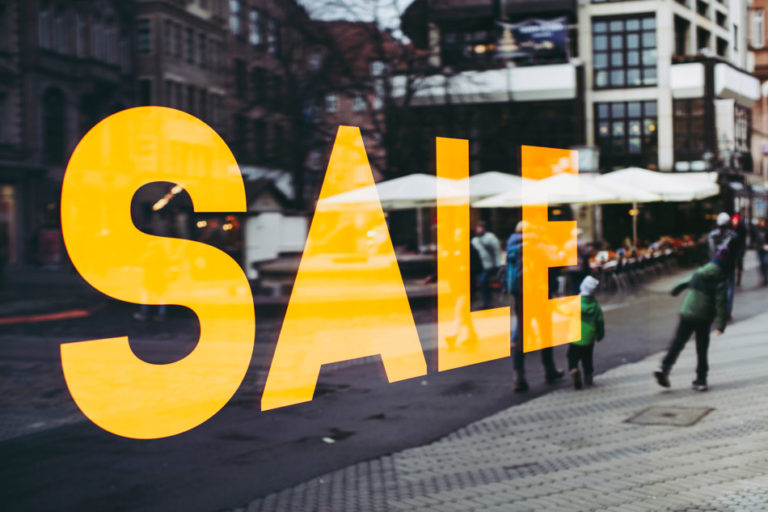Across virtually every industry, big data is being favored as the must-have to drive strategic company-wide initiatives. The retail industry, particularly in terms of real estate, must be willing to utilize critical information that can have a massive impact on decision-making related to marketing and location. Businesses must move in ways that are parallel to how consumers are moving, and there is only one way to effectively do so: big data.
The retail real estate evolution is here, and retail leases must change to reflect this. Ignoring the overwhelming change that is occurring will harm both landlords and retailers. Core functions of retail strategy, such as leasing, are historically conservative, but for retailers, innovation is essential, and lease language must reflect the changes retailers are making to meet the needs of their consumers. Retail leases must consider these four areas:

Smaller stores have more potential.
Retailers are no longer interested only in square footage. More space means higher fixed costs. Today’s savvy omnichannel retailer often needs less space; consumers do not need hundreds of aisles to roam when an iPad with overnight shipping is placed conveniently in a smaller setting filled with touchable displays. Smaller stores offering a more personal experience to the consumer who wants to be considered an individual – not a number – will thrive.
Pop-ups are popping up everywhere.
Retailers of all kinds are seeing the benefits of the pop-up store; neglecting to include this retail lease option leaves landlords unable to compete for new business. Long-term tenants used to mean security, but if you insist on a long-term lease, you may end up with space that simply sits empty. A pop-up lease offers benefits to both parties, as costs can be negotiated monthly. Perhaps a retailer simply wants to create a buzz about a new product but does not want a permanent store. Another could be considering a location but desires a test-run before signing a long-term lease. With clauses in place that protect the interests of everyone involved, the pop-up lease is likely to become more common.

In-store sales have less importance.
Traditionally, the cost of the retail lease is based in part on a percentage of profits. However, with the significant shift in the measurement of KPIs, basing lease costs on sales is no longer the most strategic approach. Some retailers are piloting stores with inventory for customer viewing only, directing consumers to make purchases online. Other retailers are offering a space for patrons to simply meet with other coworkers and are not demanding a sale. With the growing trend of delivering experiences, with purchases being made between multiple platforms, a lease based on profits per location is no longer applicable.
Usage is always fluctuating
The language of many leases includes specifics (like operating hours) and outlines the approved usages of the space. With the retail landscape shifting quickly, such language is outdated. An innovative retail lease should include language that allows the retailer to be flexible to meet the needs of the consumer.
Consumers are demanding an innovative approach from their retailers, and for retailers to deliver, landlords must adjust leases accordingly. A retailer’s efforts to retain and grow their customer base, improve brand loyalty, and remain profitable require nimble flexibility, and lease language needs to be drafted accordingly. The inability to be flexible with the lease language can result in empty space.




